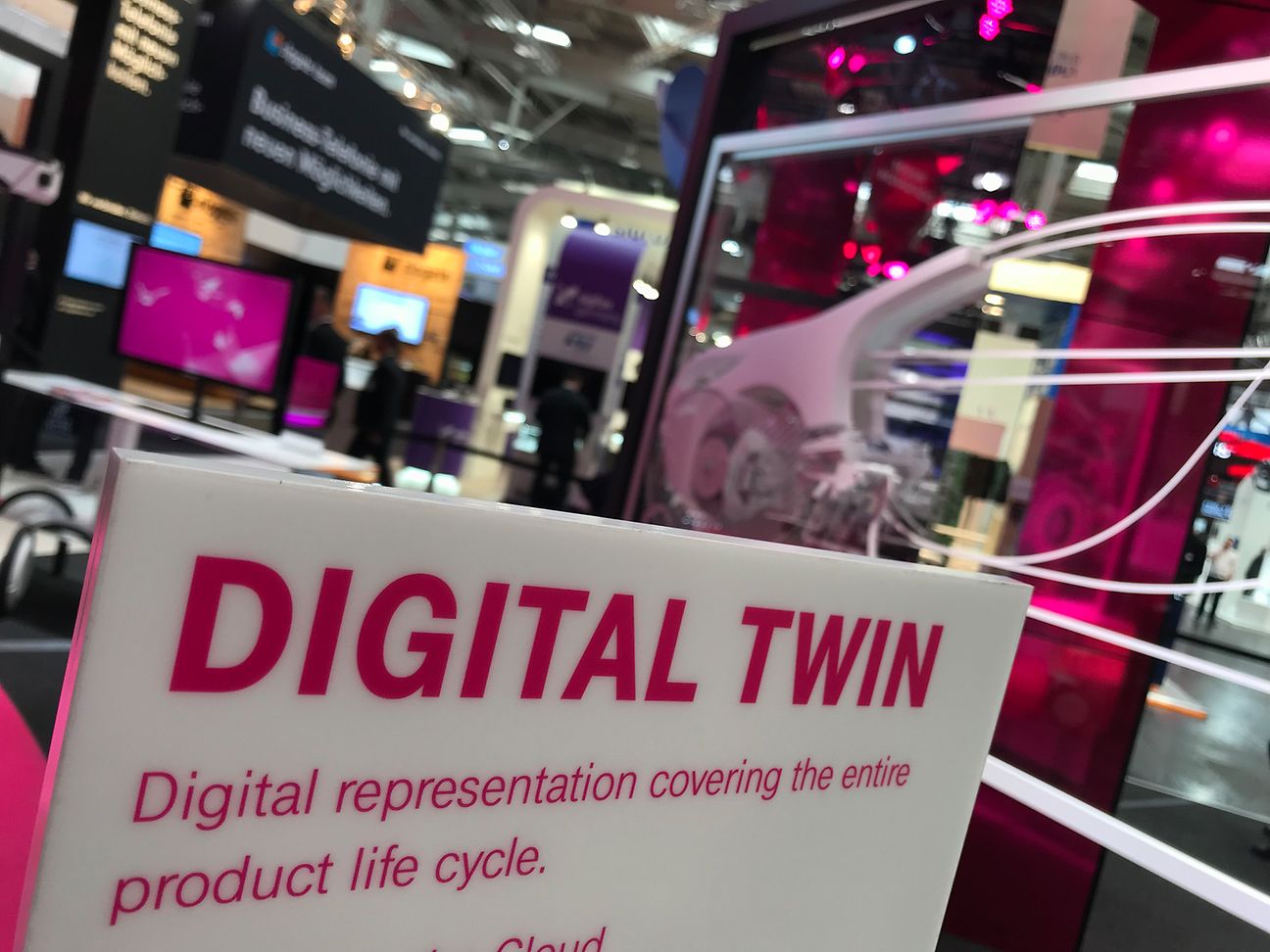Easy and simple - Digital twin
Digital twins are now opening up completely new possibilities for innovation.
A digital twin is a digital replica of a real object, including the object's relevant characteristics, that can be updated in near real time as the original's characteristics change. In industry applications, digital twins are often made to "accompany" their real objects throughout entire life cycles, from production to disposal, meaning they are constantly updated with the real objects' status, behavior and performance data. Digital twins thus facilitate early detection of any problems in the underlying real objects, as well as initiation of corresponding improvements in development, production, sales and service.
Digital twins can serve as platforms
During product planning, for example, digital twins can serve as platforms for virtual stress tests and thereby eliminate the need for real-world prototypes. To give another example: Sensors deliver usage data for specific machine components – that can then enter into the process of engineering improvements.
Use in the food industry
In addition to finding increasing use in connection with industrial components, machines and systems, digital twins may soon also be commonly used in connection with consumer goods, including even food products. In the food industry, digital twins could carry such information as food-product ingredients, production data and transport and sales data.
